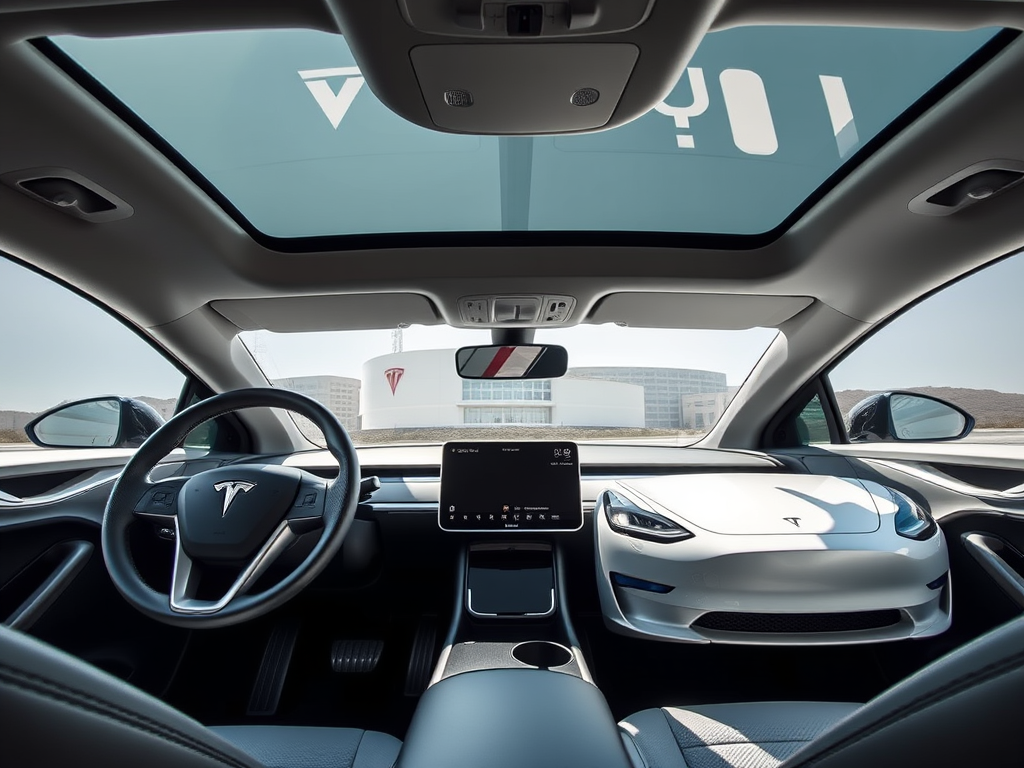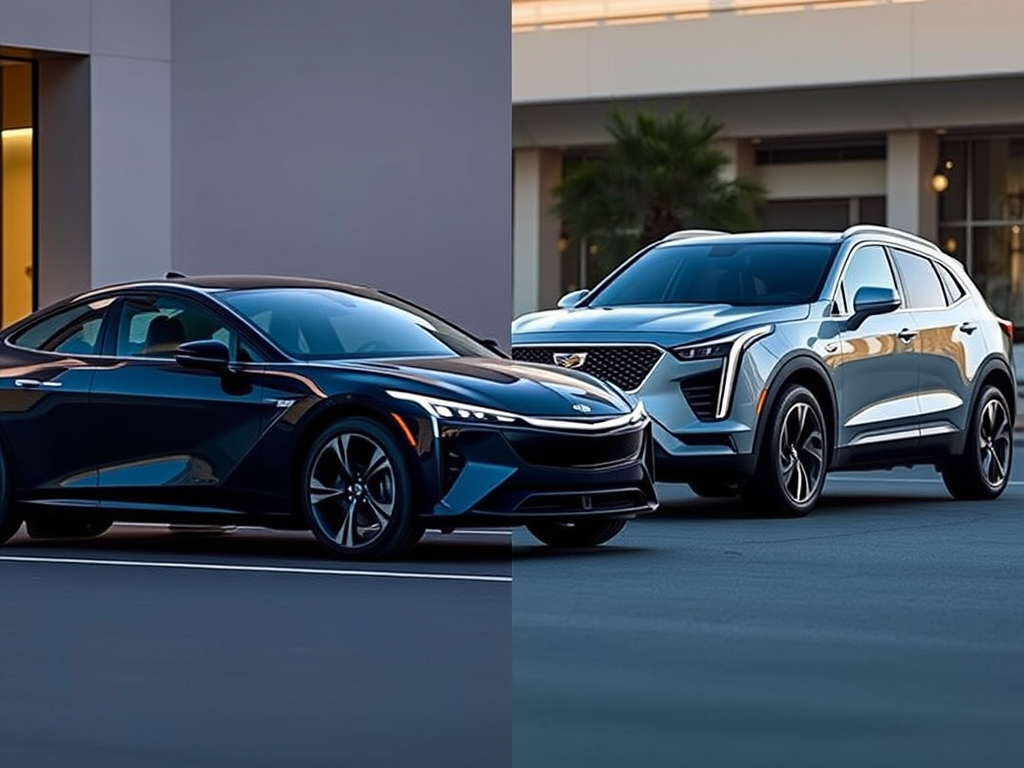
In recent years, the U.S. automotive market has experienced a significant shift as Chinese automakers make strategic moves to expand their influence. With established names like BYD, NIO, and Geely gaining ground, and U.S. giants like Tesla, Ford, and General Motors (GM) responding to the challenge, the dynamics of the industry are evolving rapidly. In this blog, we’ll explore the rise of Chinese OEMs (Original Equipment Manufacturers), their strategies, and the impact on the U.S. market.
Chinese automakers have come a long way from being primarily domestic players to becoming global contenders. Companies such as BYD, which started as a battery manufacturer, have leveraged their expertise to create electric vehicles (EVs) that rival top-tier international brands. NIO, often referred to as the “Tesla of China,” has introduced premium EVs with cutting-edge technology and innovative battery-swapping stations.
Key Players Making Waves:
Chinese OEMs are adopting a variety of strategies to enter and succeed in the U.S. market:
The entry of Chinese OEMs has led to significant responses from U.S. manufacturers. Tesla, a dominant player in the EV market, remains competitive by continuously innovating its lineup and reducing production costs. Tesla’s Gigafactory expansions and recent price cuts for models like the Model 3 and Model Y are strategic moves to maintain market share.
Meanwhile, Ford and GM are ramping up their EV production. Ford’s all-electric F-150 Lightning and GM’s Chevrolet Silverado EV reflect the domestic push to counter Chinese EV offerings. However, both companies face challenges related to battery sourcing and production costs, areas where Chinese firms, particularly BYD, have an advantage.
U.S.-China trade relations play a crucial role in shaping the automotive landscape. Tariffs on imported vehicles and key EV components can affect pricing and availability. For example, U.S. regulations around EV battery sourcing emphasize the need for domestic or allied-country production, putting additional pressure on foreign OEMs.
However, some Chinese companies, such as CATL (a major battery supplier for many EV brands), have plans to establish U.S.-based manufacturing facilities to circumvent import tariffs and appeal to the growing demand for local sourcing.
A significant factor in the success of Chinese automakers is how American consumers perceive these brands. Historically, foreign automakers like Toyota and Hyundai initially faced skepticism before becoming household names. Similarly, Chinese OEMs must overcome consumer concerns related to brand recognition, quality, and service reliability.
To counter this, companies like BYD and NIO are emphasizing their technological strengths. For example, NIO’s AI-enabled virtual assistant and battery-swapping technology offer convenience and innovation that resonate with tech-savvy consumers. Additionally, BYD’s reputation as a leading global EV brand strengthens its appeal in the U.S. market.
BYD vs. Tesla:

NIO vs. GM:

While the U.S. market presents growth opportunities, Chinese automakers also face significant challenges:
Despite these challenges, Chinese OEMs have the opportunity to fill gaps in the market, particularly in the affordable EV segment. With rising consumer demand for affordable, efficient EVs, brands like BYD could capture a substantial share of the market.
The future of the U.S.-China automotive relationship may involve both competition and collaboration. Strategic partnerships between U.S. automakers and Chinese battery suppliers could become more common, as seen with Ford’s collaboration with CATL for lithium-iron-phosphate batteries. Additionally, consumer demand for affordable, technologically advanced vehicles could lead to further market consolidation.
Conversely, some analysts predict increased protectionist policies aimed at curbing Chinese OEM influence. However, with the global push for electrification and sustainability, economic interdependence may continue to grow.
Chinese automakers are no longer fringe players—they are serious contenders in the global EV market. With brands like BYD and NIO introducing competitive offerings in the U.S., established players like Tesla, Ford, and GM must stay agile and innovative. For consumers, this competition may lead to better technology, lower prices, and a broader range of choices.
To stay informed about the evolving U.S. automotive market and the impact of global players, subscribe to our blog. We’ll continue to provide insights on market trends, regulatory updates, and in-depth analyses of key industry developments.